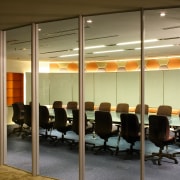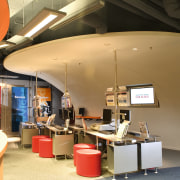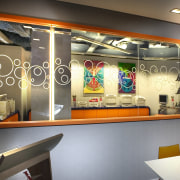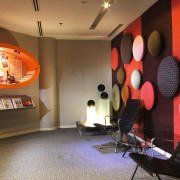Paintbox
Colour is the key element in the office design of a company whose core function is pictorial reproduction
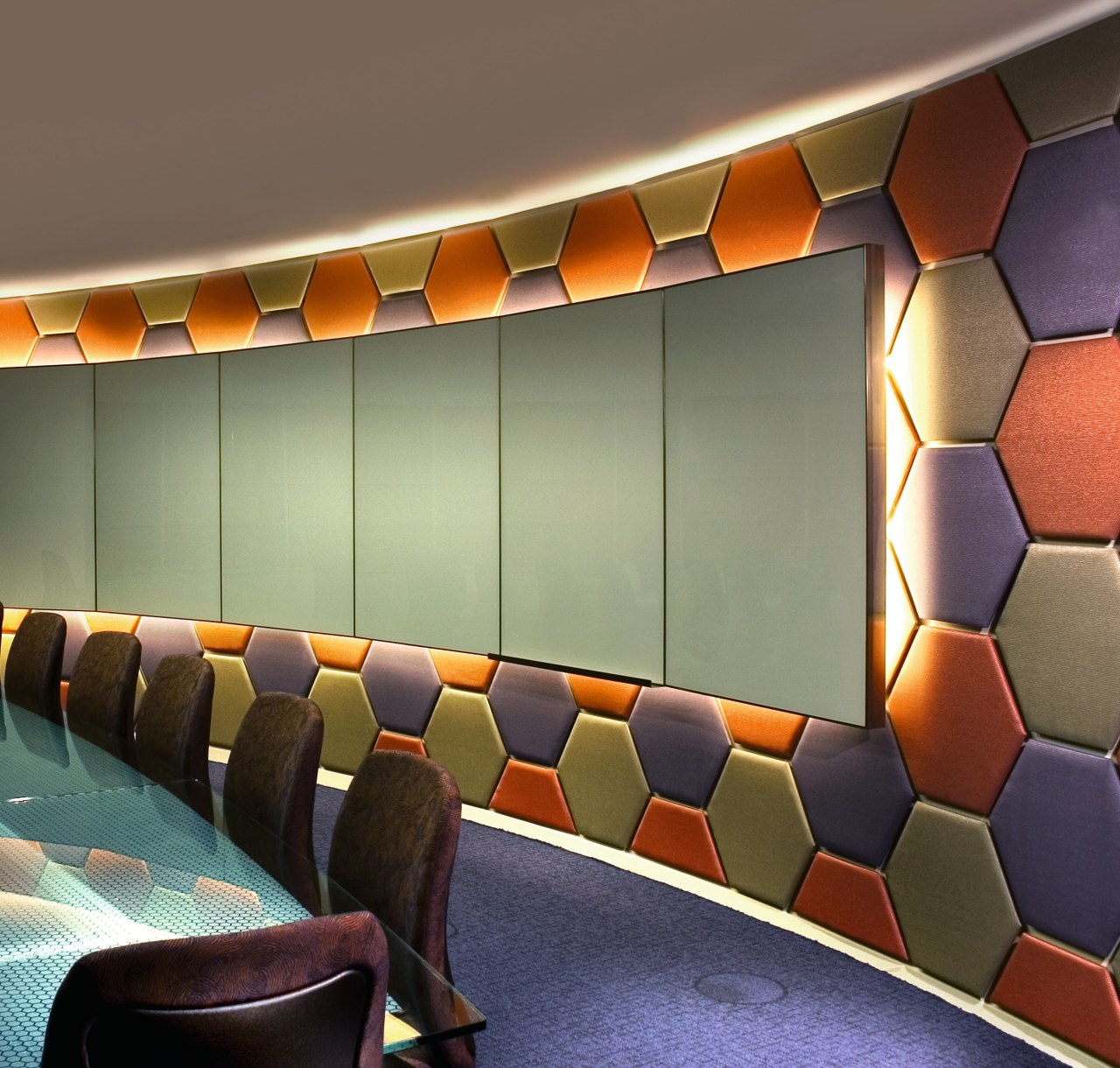
Just imagine if you took all those grey and beige items that clutter an office interior and painted them bright orange. So that where you might expect to find a neutral backdrop, there are instead vibrant splashes of colour.
That was the starting point for interior designer Phillips Connor of Designphase, when he designed the new head office for Fuji Xerox in Singapore.
"The design began by using orange as the neutral colour for items such as drawers, pedestals and shelving. The four-part colour dynamic mint, violet, yellow and magenta sprang from there. It's about keeping the space lively, fresh and well-balanced with a mix of hot and cool tones."
Such extensive use of the colour wheel fits in with Fuji Xerox's desire to showcase not just their physical product, but also the company's value-added services.
"Since the client's business is now so related to colour, there is no fixed corporate brand scheme to adhere to. Rather colour visually supports the collaborative team-based approach that is embodied in the office layout," says Connor.
With 6,970m² spread over five floors, colour also provides context, promoting a different idea or purpose depending on the space it decorates.
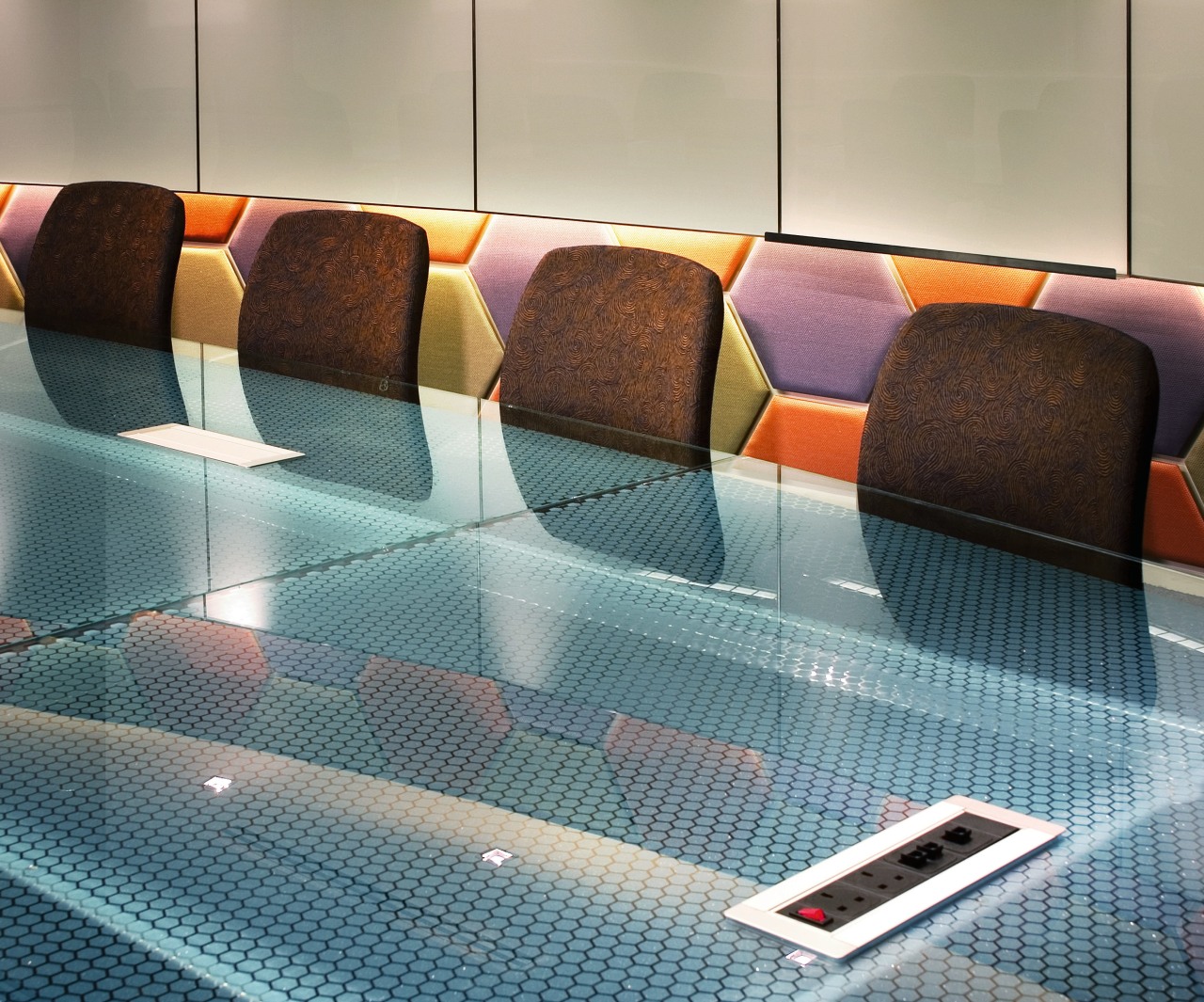
The colour room is a forum in which clients can discuss colour processing with staff. Large upholstered bubbles on the feature wall are an abstract representation of technical processes such as four-colour printing and pixelation. They are also a graphic depiction of the interface between colour and texture.
In the general office areas, Connor says a hive approach was employed in planning the layout of each floor. This resulted in an intensive distribution of hexagonal module workstations.
"The layout promotes a high level of shared space, removing the traditional boundaries of conventional structured officeswhich have been common in the past."
As the emphasis is on communal activity and cross-pollination of ideas, low partitions and linking colour elements, promote a transparent environment.
"It's a shared office concept for the most part. There are no assigned workstations, these are booked in, as and when employees come in. Spaces need to be stimulating and lively because they are generally devoid of personal accoutrements," says Connor.
Interactive support facilities are given precedence over individually dedicated areas. Meeting rooms have data and power points installed within table tops for easy access.
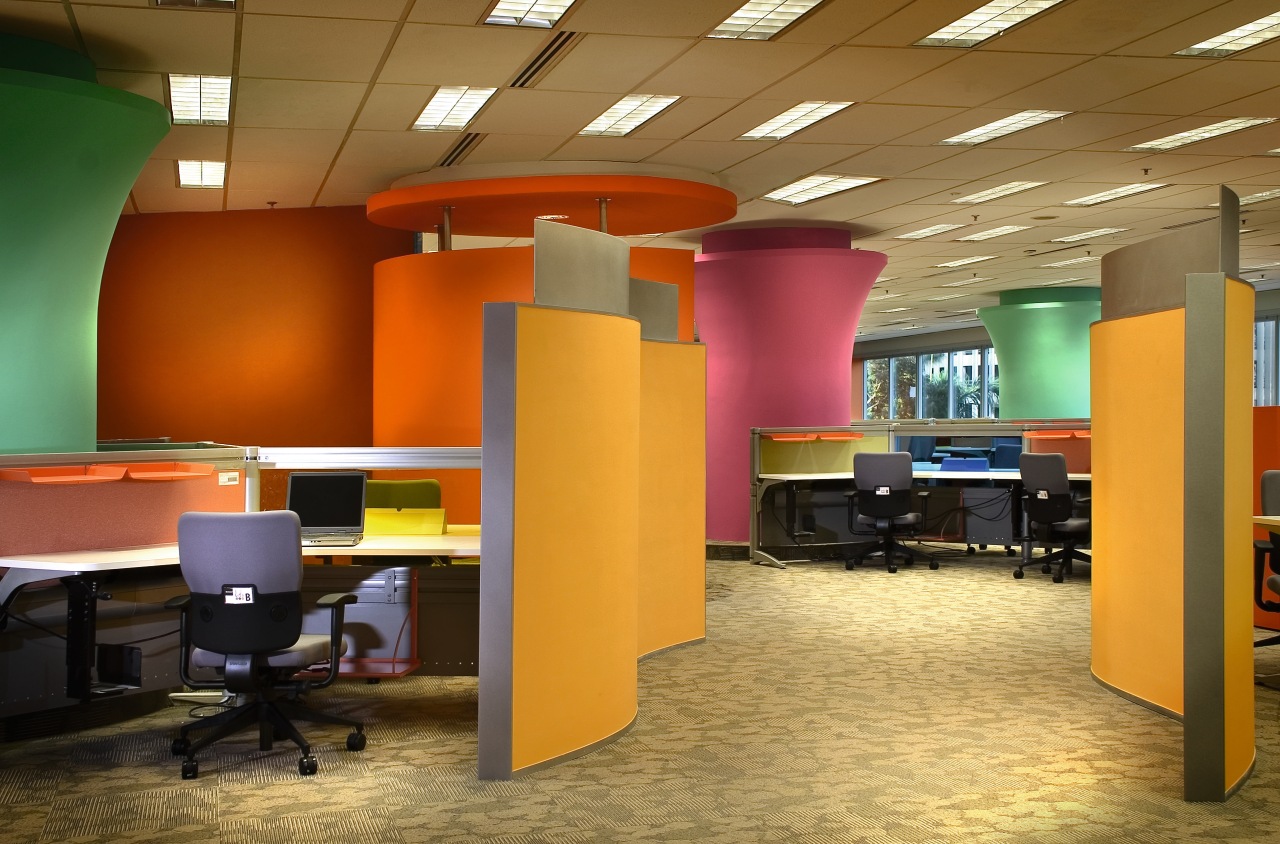
In the executive suite a similar colour palette to that on the general office floors is radically toned down. Tactile features, such as coconut husk textured walls, catch the subdued lighting to create drama and shadowplay.
The main showroom is called the Open Office Frontier. As this name suggests, the space embodies limitlessness with an inherent flexibility aimed at catering to a diverse range of customers.
"This area has been designed to support the promotion of services and processes as well as physical product, and to showcase how Fuji Xerox is able to integrate the two seamlessly," says Connor.
The colour approach is primarily neutral, with metallic surfaces such as aluminium and stainless steel providing visual contrast to the beige and grey tones of Fuji Xerox's products.
"The choice of aluminium is a metaphor for the strength, yet pliability required to accommodate the differing needs and constant changes in today's world," says Connor.
Credit list
Interior designer
Flooring
Paint
Systems Furniture Fabric Panels
Wall panel
Laminate surfaces
Graphics
Wall systems
Light fixtures
Builder
System furniture
Fabric panels
Meeting chairs
Furniture
Audiovisual
Showroom fixtures & fittings
Glass
Story by: Trendsideas
Home kitchen bathroom commercial design


